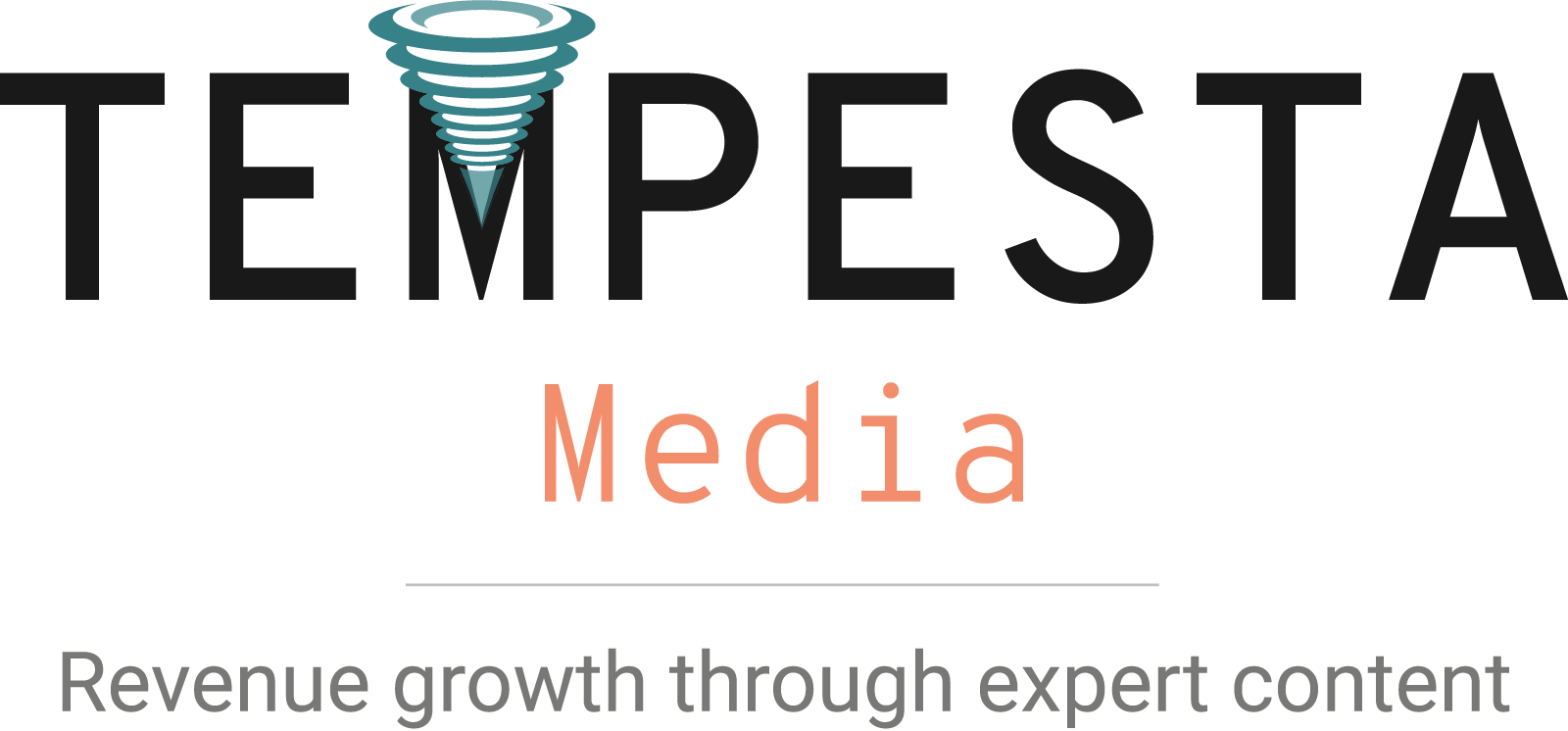Buying journeys are increasingly happening in digital spaces. For brands, developing digital content and connecting with users are top priorities. However, the digital environment is more fragmented than ever.
Consumers expect to interact with brands on their terms, and expectations can vary significantly from one group to another. Integrated marketing is emerging as a sound solution to this challenge. With integrated content marketing, brands can build a presence across channels and connect with prospects where they are.
Here, we’ll discuss why adopting an effective integrated content marketing strategy multiplies the impact of your digital marketing efforts.
What Is Integrated Content Marketing?
Integrated marketing is a marketing approach that encompasses multiple channels and formats. The goal is to develop a consistent presence and messaging as users navigate from one medium to another.
This holistic approach to digital marketing is particularly relevant in the context of the modern buying journey. Users are relying on more channels than ever and expect a seamless experience. For the B2B space, using ten channels is the new norm. B2C buyers follow a similar trend, with over 60% of holiday shoppers using five or more channels before purchasing.
A successful integrated content marketing strategy has many benefits:
- Consistency makes your brand easier to recognize and remember.
- Clear messaging builds trust.
- Providing consistent information prevents confusion and frustration.
- It also builds confidence and empowers buyers to make the right decision.

Step 1: Start By Setting Some Goals
The first step in creating an integrated content marketing strategy is goal-setting. Determine the goals for your content marketing and how you will measure them.
One way to do this is to set up a content marketing funnel with a goal for each stage. A content marketing funnel is a process used to turn prospects into customers. It helps businesses use content to attract, convert, and retain prospects. To create a content marketing funnel, you will need to:
- Identify your target customers and segment them. You can, for instance, identify segments based on demographics, interests, or buying behaviors.
- Find their pain points. Keyword research, surveys, and interviews can tell you more about the pain points buyers want to solve with your products or services.
- Create content that addresses those pain points. Develop and optimize content that offers valuable information while positioning your products or services as an answer to these pain points.
- Engage and nurture users. Once you establish an initial connection, keep users engaged by sharing more content via their preferred channels.
You can set goals for each stage once you have mapped your marketing funnel. Examples of goals include:
- Revenues and sales. Increase marketing ROI by setting clear sales targets and examining how different channels and campaigns influence your bottom line.
- New customer acquisition. Your digital marketing efforts can support long-term growth by helping you connect with new customers.
- Awareness. The content you distribute across different channels can enhance recognition and brand sentiment.
- Build trust and authority. Publishing thought leadership content can help establish your brand as an industry leader.
- Word-of-mouth marketing. As your digital presence increases, loyal customers will become more likely to discuss your brand and recommend your products or services.
- Branding and mission. An integrated marketing strategy can act as a positive feedback loop that helps you develop a clearer view of what your brand stands for and gives meaning to what you do.
Step 2: Create Buyer Personas and Map the Buying Journey
Distributing content on multiple channels requires adopting an integrated view of your audience. This approach consists of collecting data points from various sources. Centralizing this data will give you a more detailed idea of your audience.
Developing an integrated view of your audience helps you understand your customers’ needs, priorities, and pain points. You can use this information to create detailed buyer personas and map their buying journeys.
Awareness Stage
Once you know more about where buyers are likely to start their journey, you can develop content that introduces your value proposition clearly and concisely. Your goal is to reflect the pain point the user is experiencing while making them aware of your brand.
The ideal channels to distribute the content for this funnel stage are:
- Blogging (through educational content).
- Social media marketing.
- Search engine marketing.
- Paid ads.
Consideration Stage
Users perform various buying tasks during consideration, including comparing brands, researching product features, or requesting pricing information.
Your integrated content should make product information easy to find while connecting specific benefits to the pain points the buyer is experiencing. Engagement is another crucial area of focus since the consideration stage can be lengthy.
For the consideration channel, we recommend exploring these content marketing strategies:
- Blogging (e.g., a showcase).
- Email marketing.
- Long-form content.
- Social media.
- Remarketing.
- Content series.
- Digital events.
Decision Stage
The decision stage is the final stage of the buyer’s journey. The prospect will either pick a product or determine that your brand doesn’t match their needs well. Your goal is to identify and address any barriers to purchase.
You’ll also have to provide tangible information that empowers the buyer to make the best decision possible. These channels are particularly effective for the consideration stage:
- Online knowledge repository.
- Email marketing.
- Gated content.
- Remarketing.
- Chatbots.
- Touchpoints with the sales team.
A Non-Linear Process
The buying journey isn’t always a linear process. Buyers revisit each stage more than once and perform several buying tasks simultaneously. An integrated strategy empowers prospects to move from one channel to another and choose the content they want to consume based on their current goal.
Your integrated marketing strategy can also encompass post-purchase activities, such as contacting customer service or researching future purchases.

Step 3: Identify the Best Channels and Formats
Email, social media, and blogging are the best ways to communicate with your audience.
Email Campaigns
Email marketing is one of the most consistent channels. With $10 billion in revenue generated in 2023, it has one of the highest and most predictable ROIs.
You can leverage this cost-effective channel to develop personalized content at different stages of the buying journey and use email series to help prospects progress to the next step. Email is also an effective way to engage and re-engage users.
Social Media Marketing
Social media is a great way to communicate with customers and spark conversations. If they are not happy with something, you can address it quickly.
It also lets you show customers what you are doing and reach out proactively. You can share events, new product launches, or even feedback through social media. You can post photos, videos, and other content they may be interested in. It lets you tell your story and let customers look into your business.
Blogging
Blogging remains one of the most popular digital marketing channels, and it should be at the heart of your B2C or B2B content marketing strategy. But in 2023, 89% of marketers published articles with fewer than 1,500 words.
They are missing out on a huge opportunity because blog posts can answer questions, provide valuable information, and gradually build the knowledge prospects need to decide. Blogs can also target a wide range of searches at every stage of the buying journey.
Remember that it helps to expertly plan, research, and write blogs that ensure your reader finds value and that they meet search engine ranking guidelines.
Other Channels
Depending on your industry and target audience, you might need to incorporate additional channels into your digital marketing strategy:
- Direct marketing can be a relevant way to drive sales if you target your audience and develop a sales pitch that resonates with them.
- Video marketing is gaining popularity as internet users consume more video content than ever.
- Paid ads can increase visibility while supporting goals like awareness and re-engagement.
- Influencer marketing is an effective way to build trust and increase your outreach.
- PR content can support your branding efforts and communicate your core values effectively.
- A mobile app can be a crucial element for supporting a convenient experience on mobile.
- Gated content is an excellent channel for distributing long-form content that becomes relevant later in the buying journey.
This list is non-exhaustive. Brands should explore emerging channels and consider new trends like AR and VR experiences or join new social media networks if their target audience has a high adoption rate.

Step 4: Design a Consistent Experience Across Channels
A successful integrated marketing strategy needs to deliver a consistent cross-channel experience. These steps will help you build and scale your digital presence around a central narrative.
Documentation
Developing brand guidelines and a voice profile can go a long way in shaping your content creation efforts and ensuring you present a consistent message and tone.
Your core values and mission statement can also act as a guide. Developing content around these values will result in a consistent message that feels coherent and resonates with your audience across the different channels you use.
Quality and Editing
A robust quality check and editing process will help ensure consistency across the content you develop and publish. Editors can review content against a list of requirements and make adjustments to ensure your product claims, phrasing, and overall tone remain consistent.
Channel Differentiation
Even though you’re developing content around a core narrative, differentiating channels is essential. Users might turn to one medium with a specific expectation, and optimization strategies typically differ from one channel to another.
Your message and tone need to be consistent. Still, each channel should have a unique format, optimization, and publication strategies.
Infrastructure
You need a solid infrastructure to support your integrated marketing efforts. This infrastructure can include a marketing tech stack, a centralized analytics solution, or a content repository platform from which you can push content to different channels.
Step 5: Take Advantage of Other Valuable Resources
If you want your content to be read and shared, you need to deliver high-quality, valuable information within it. But you might find this time-consuming and realize it requires a skilled team of content producers. You also need the correct SEO strategies to make sure your content will be discovered by potential customers.
Due to the scope of integrated marketing, developing a campaign in-house isn’t always realistic. You may need to enlist the help of a partner. Plus, a vendor can have extensive experience with integrated marketing and help you get results faster.
Tempesta Media’s managed services model gives you access to all the services and resources you need to develop a consistent presence across channels. Working with a managed services provider means you can rely on the same vendor to create and publish content on various channels, which dramatically facilitates implementing an integrated marketing program.

Step 6: Aim for Continuous Improvement With Analytics
Visibility can be a challenge when rolling out marketing campaigns across multiple channels. The solution is to adopt an integrated approach to analytics.
Integrated analytics tools collect data points from multiple sources and aggregate this data into a central reporting solution. You can track how different channels perform, identify the most effective campaigns, and use your findings to optimize your marketing efforts.
Attribution analytics are especially relevant for tracking which channels have the most decisive impact on your bottom line. However, adopt KPIs that make sense for each channel and your goals for your different channels.
Testing is another critical aspect of developing an integrated marketing approach. With an integrated analytics solution, you can test a campaign’s performance on a channel before deploying it to other media or conduct A/B testing to optimize your content for each channel.
Get Help With Integrated Marketing
As digital buying journeys increase in complexity, brands must adopt an omnichannel approach. Integrated marketing is the best strategy for ensuring consistent messaging and narrative across multiple channels. Because integrated marketing campaigns often have a broad scope, working with a partner can be beneficial.
Tempesta Media can help develop your B2C or B2B content marketing strategy. Our turnkey solution encompasses multiple channels, from blogging to email or social media marketing. Thanks to our Bullseye Effect solution, we can develop a highly customized approach and build an integrated marketing strategy adapted to your unique needs.
You’ll also benefit from our integrated analytics solution to track results across channels. Learn more about our Bullseye Effect solution or schedule an initial assessment to get started!











